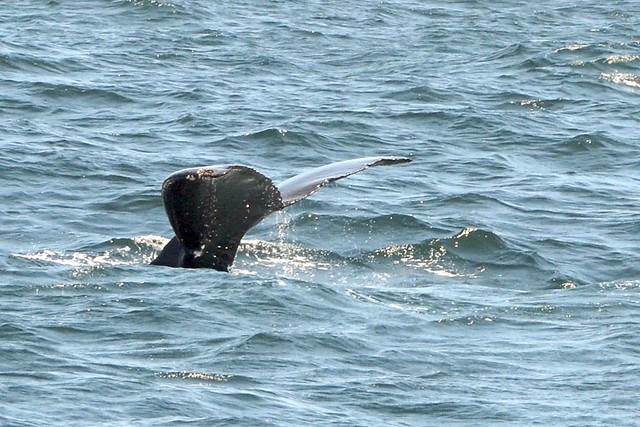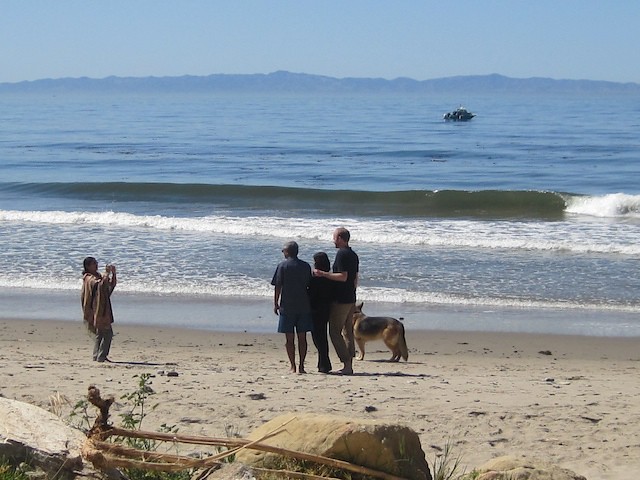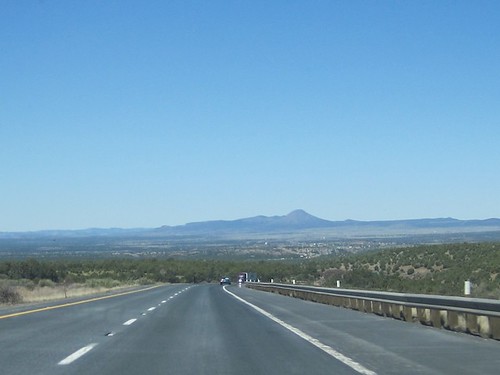
Joshua Foer's book
Moonwalking with Einstein takes an obscure topic and unexpectedly makes it interesting and relevant. The book has three elements often found in solid modern journalism.
First, Foer includes many interviews with eccentric people. He describes and interviews several amnesiacs and
idiot savants who can remember vast amounts of stuff naturally. He also presents a few flamboyant memory experts who are eccentric or maybe phony con-men.
Second, he describes the relevant neuroscience -- here, how memory works in the brain. His explanations are really useful and intriguing.
Third, Foer relates his personal experiences -- how he learned the ancient "art of memory" by working with other memory champions and thus won the 2006 USA Memory Championship. In particular he describes what was going through his mind as he memorized a deck of cards -- including envisioning moonwalking with Einstein to fix one card in memory.
I enjoyed reading all of this, and learned a lot. However, I'm not really inspired to try developing my own technique for Memory Championship types of tasks such as learning strings of digits or the order of cards in a shuffled deck. Some years ago I read Frances Yeats' book
The Art of Memory, so I was aware of the ancient trick of using a familiar house or other building as repository -- Memory Palace -- for things that should be memorized. I was impressed by the way that modern enthusiasts have re-adapted this technique.
Foer acknowledges that there are many aspects of memory that he didn't work on or fully understand, and that the routine memories that people often worry about -- like where one put one's car keys -- aren't improved by the Memory Palace approach or even by some of the other methods he hints at. As a result I have questions that I'd like to know after reading the book:
- How do musicians memorize works like concertos that must be utterly perfect to play with an orchestra?
- How do actors memorize their roles -- he alludes to this but doesn't explain, and they don't seem to do it by the ancient Memory Palace technique.
- How do children seemingly memorize everything? Do they really lose their abilities as they develop reading skills, or is something else actually happening in their brains?
- Do today's teenagers still memorize the lyrics to zillions of popular songs as my friends did? He mentions that singing is a technique for remembering (like the Australian Aboriginal Song Lines that allowed them to memorize maps) but doesn't develop the idea more.
- How do you memorize a poem? He didn't actually seem to know the answer to this.
- And how does a Pensive work? Harry Potter witnessed older wizards pulling smoke-like memories from their brains. And via the Pensive, he was able to re-experience these memories and make them his own. But what's the wizard neuroscience? (Yeah, I know, there aren't really any wizards.)
Evelyn gave me
Moonwalking for Mother's Day -- on my Kindle. Great gift!!





























